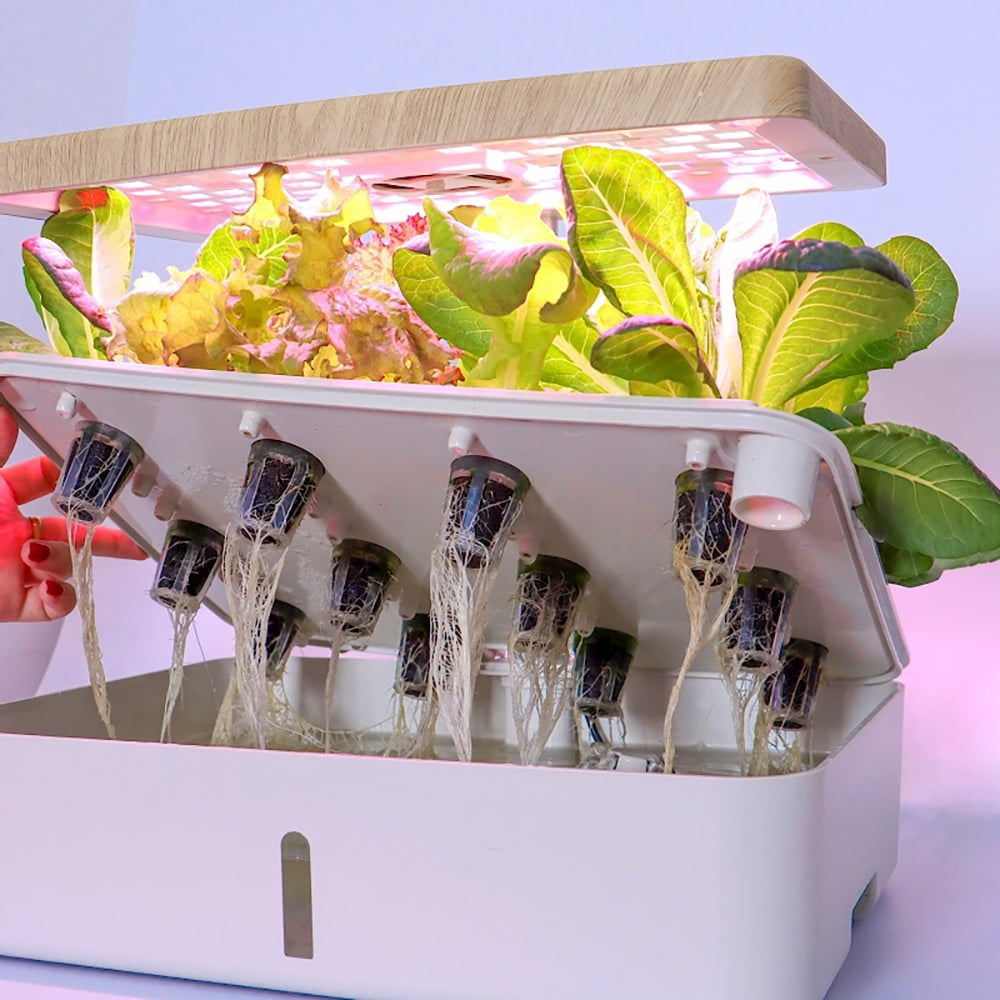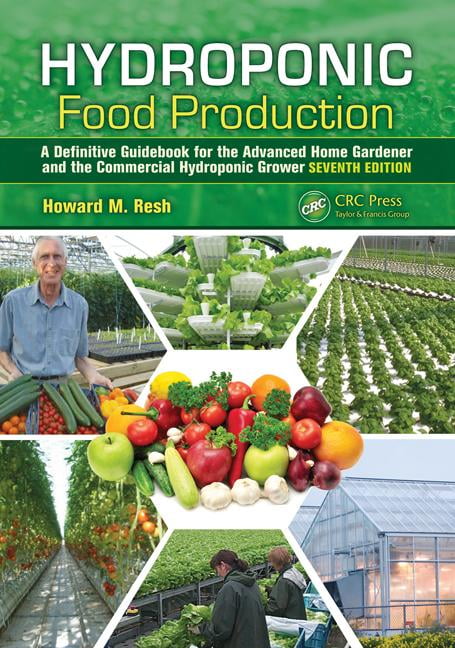Urban Agriculture National Agricultural Library
Table of Content
Hydrogens of humus hydroxyl groups may also be ionised into solution, leaving, similarly to clay, an oxygen with a negative charge. Hydroxyls may substitute for oxygens of the silica layers, a process called hydroxylation. When the hydrogens of the clay hydroxyls are ionised into solution, they leave the oxygen with a negative charge .
To facilitate food production, cities have established community-based farming projects. Some projects have collectively tended community farms on common land, much like that of the eighteenth-century Boston Common. One such community farm is the Collingwood Children's Farm in Melbourne, Australia. Other community garden projects use the allotment garden model, in which gardeners care for individual plots in a larger gardening area, often sharing a tool shed and other amenities. Seattle's P-Patch Gardens use this model, as did the South Central Farm in Los Angeles and the Food Roof Farm in St. Louis.
less water, 50% more nutrients, zero waste, zero pesticides. It's a delicious, healthy way to care for our planet.
Although this trait can be a problem to home gardeners who attempt to save seeds, biologists have used it to broaden the gene pool of cultivated lettuce varieties. By 50 AD, many types were described, and lettuce appeared often in medieval writings, including several herbals. The 16th through 18th centuries saw the development of many varieties in Europe, and by the mid-18th century, cultivars were described that can still be found in modern gardens. Aquaponic systems can be put anywhere, use them outside, in a greenhouse, in your basement, or in your living room.
The five main inputs to the system are water, oxygen, light, feed given to the aquatic animals, and electricity to pump, filter, and oxygenate the water. Spawn or fry may be added to replace grown fish that are taken out from the system to retain a stable system. In terms of outputs, an aquaponics system may continually yield plants such as vegetables grown in hydroponics, and edible aquatic species raised in an aquaculture. Typical build ratios are .5 to 1 square foot of grow space for every 1 U.S. gal (3.8 L) of aquaculture water in the system.
United Kingdom
During the 81–96 AD reign of Domitian, the tradition of serving a lettuce salad before a meal began. Post-Roman Europe continued the tradition of poaching lettuce, mainly with large romaine types, as well as the method of pouring a hot oil and vinegar mixture over the leaves. Iceberg lettuce is very heat-sensitive and was originally developed in 1894 for growth in the northern United States by Burpee Seeds and Plants. It gets its name from the way it was transported in crushed ice, where the heads of lettuce looked like icebergs.

In areas with soil health issues, using raised beds or planting in imported soil may reduce the chances of contamination. Traditional hydroponic systems rely on the careful application of expensive, man-made nutrients made from mixing together a concoction of chemicals, salts and trace elements. In aquaponics, you merely feed your fish inexpensive fish feed, food scraps, and food you grow yourself.
“Rhizoponics”: a novel hydroponic rhizotron for root system analyses on mature …
The enrichment of soil with guano by the Incas was rediscovered in 1802, by Alexander von Humboldt. This led to its mining and that of Chilean nitrate and to its application to soil in the United States and Europe after 1840. Soil salination is the accumulation of free salts to such an extent that it leads to degradation of the agricultural value of soils and vegetation.

Most gardens consist of a mix of natural and constructed elements, although even very 'natural' gardens are always an inherently artificial creation. Natural elements present in a garden principally comprise flora , fauna , soil, water, air and light. Constructed elements include paths, patios, decking, sculptures, drainage systems, lights and buildings , but also living constructions such as flower beds, ponds and lawns. Traditional farming's arable land requirements are too large and invasive to remain sustainable for future generations. With the rapid population growth rates, it is expected that arable land per person will drop about 66% in 2050 in comparison to 1970. Vertical farming allows for, in some cases, over ten times the crop yield per acre than traditional methods.
Also, the much greater acidity under any forests inhibits the action of certain soil organisms that otherwise would mix much of the surface litter into the mineral soil. A few percent of the soil organic matter, with small residence time, consists of the microbial biomass and metabolites of bacteria, molds, and actinomycetes that work to break down the dead organic matter. Were it not for the action of these micro-organisms, the entire carbon dioxide part of the atmosphere would be sequestered as organic matter in the soil. However, in the same time soil microbes contribute to carbon sequestration in the topsoil through the formation of stable humus. In the aim to sequester more carbon in the soil for alleviating the greenhouse effect it would be more efficient in the long-term to stimulate humification than to decrease litter decomposition. Soil moisture levels, in order of decreasing water content, are saturation, field capacity, wilting point, air dry, and oven dry.

As of 2020, there is the equivalent of about 30 ha of operational vertical farmland in the world. Since soil has a tremendous range of available niches and habitats, it contains a prominent part of the Earth's genetic diversity. A gram of soil can contain billions of organisms, belonging to thousands of species, mostly microbial and largely still unexplored. Soil has a mean prokaryotic density of roughly 108 organisms per gram, whereas the ocean has no more than 107 prokaryotic organisms per milliliter of seawater. Since plant roots need oxygen, aeration is an important characteristic of soil.
Lettuce was first brought to the Americas from Europe by Christopher Columbus in the late 15th century. Between the late 16th century and the early 18th century, many varieties were developed in Europe, particularly Holland. Books published in the mid-18th and early 19th centuries describe several varieties found in gardens today. Lettuces have a wide range of shapes and textures, from the dense heads of the iceberg type to the notched, scalloped, frilly or ruffly leaves of leaf varieties. Lettuce plants have a root system that includes a main taproot and smaller secondary roots.

All six of the common types of hydroponic systems have strong points, but some are better suited to commercial than DIY home settings. Soil nutrient deficiencies can cause a variety of plant problems that range from malformed plants to a lack of head growth. For example, the larvae of the ghost moth is a common pest of lettuce plants. Lettuce contains several defensive compounds, including sesquiterpene lactones, and other natural phenolics such as flavonol and glycosides, which help to protect it against pests.
During the Qin dynasty (221–206 BC), yuan became the character for all gardens. Your local Extension Service Agent may provide information and advice on everything from building a small hydroponics system to selecting plants. This factsheet and graphics define hydroponics and the six types of hydroponics systems. It provides step-by-step instructions, with images, and lists the required tools and materials needed to build a basic hydroponic systems. In 2010 the Green Zionist Alliance proposed a resolution at the 36th World Zionist Congress calling on Keren Kayemet L'Yisrael to develop vertical farms in Israel. Moreover, a company named "Podponics" built a vertical farm in Atlanta consisting of over 100 stacked "growpods" in 2010 but reportedly went bankrupt in May 2016.
Comments
Post a Comment